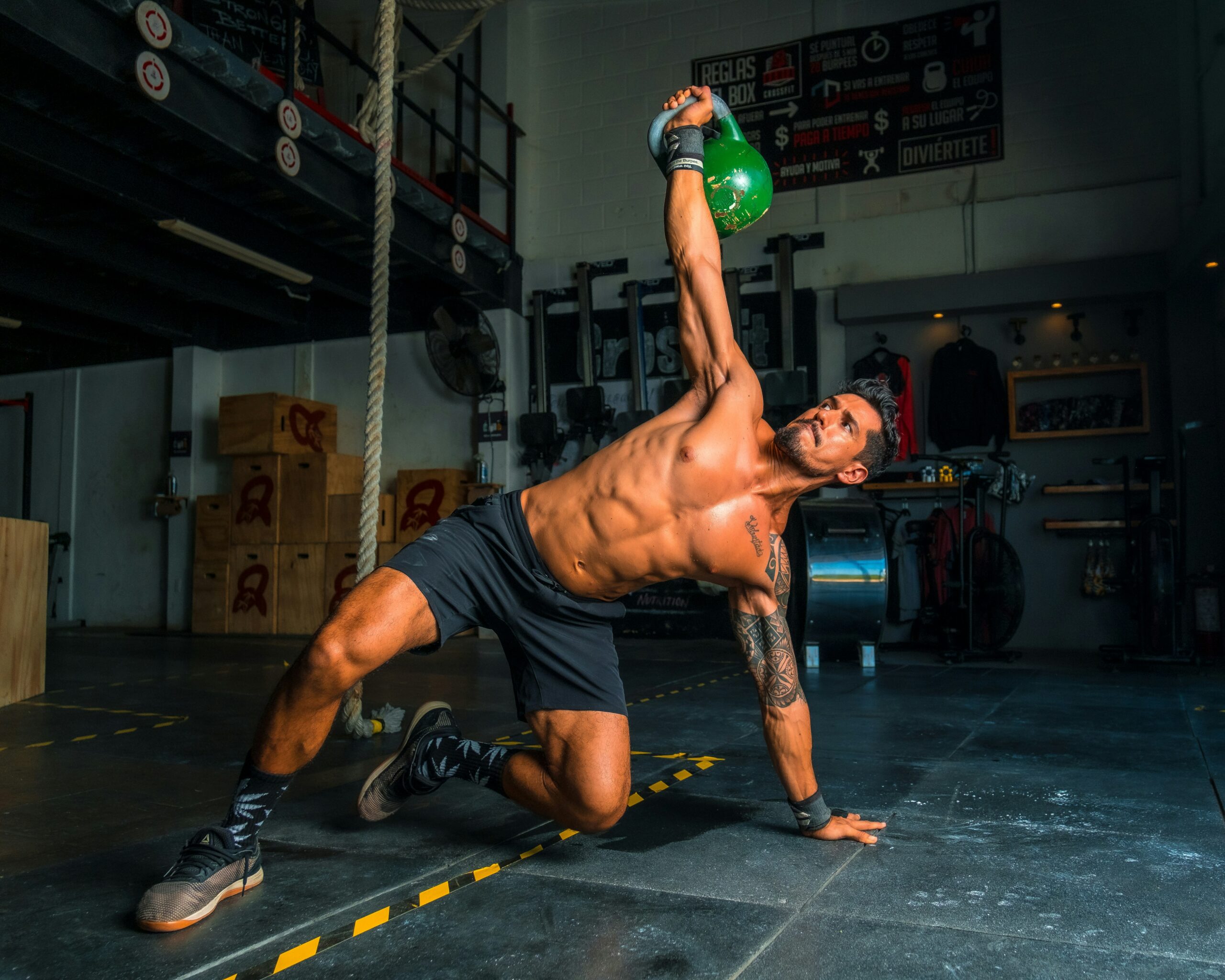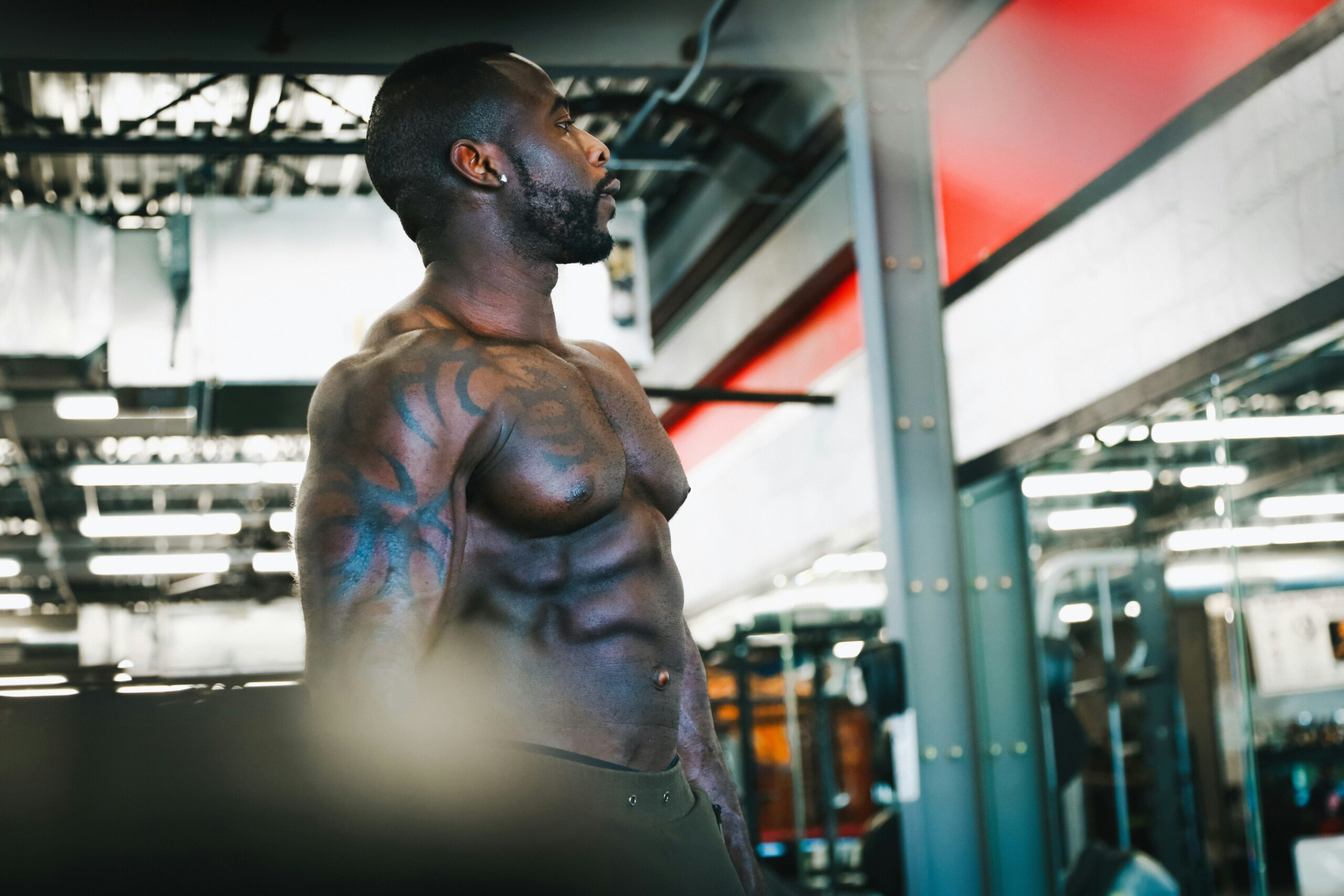Are There Any Muscles Near The Prostate Gland?
In the intricate landscape of the male pelvis, the prostate gland finds itself nestled among various important structures, including several muscles. You might be surprised to learn that one of the key muscles in this area is the pelvic floor muscle, which plays a significant role in supporting the bladder and the prostate itself. Another notable muscle is the internal urethral sphincter, crucial for controlling the flow of urine. These muscles, along with others nearby, contribute to the stability and function of the prostate gland, highlighting a complex interplay that underscores the importance of muscle health in this region.
Are There Any Muscles Near The Prostate Gland?

Introduction
Have you ever wondered about the muscles near the prostate gland? If you’re curious about anatomy or concerned about prostate health, understanding what's going on in that particular region can be quite insightful. In this article, we’ll explore the various muscles surrounding the prostate gland and how they relate to its function and overall well-being.
Understanding the Prostate Gland
What is the Prostate Gland?
The prostate is a small, walnut-sized organ found only in men. It sits just below the bladder and in front of the rectum and plays a crucial role in the male reproductive system. The gland produces a fluid that combines with sperm to form semen.
Functions of the Prostate
The main function of the prostate is to secrete prostate fluid. This fluid makes up roughly 30% of the semen volume and contains various enzymes, proteins, and minerals essential for sperm motility and survival. Additionally, the muscles of the prostate also help to expel semen during ejaculation.
Muscles Surrounding the Prostate Gland
The muscles around the prostate gland are crucial for its proper function and for the overall health of the lower urinary and reproductive systems. Here's a detailed look at some of these muscles:
Pelvic Floor Muscles
Location and Function
The pelvic floor muscles form a sling-like support system that stretches from the pubic bone to the tailbone. These muscles support the bladder, prostate, and rectum.
Importance for Prostate Health
The pelvic floor muscles play a significant role in urinary control and sexual function. When these muscles are weak or damaged, it can cause issues such as urinary incontinence or erectile dysfunction.
How to Strengthen Pelvic Floor Muscles
One effective way to strengthen your pelvic floor muscles is through Kegel exercises. These exercises involve repeatedly contracting and relaxing the pelvic floor muscles.
External Urethral Sphincter
Location and Function
The external urethral sphincter is a muscle that surrounds the urethra just below the prostate gland. It controls the release of urine from the bladder.
Role in Urinary Control
This muscle is crucial for maintaining urinary continence. When it's contracted, it prevents urine from leaking out of the bladder.
Internal Urethral Sphincter
Location and Function
The internal urethral sphincter is located at the bladder outlet, near the prostate gland. It’s an involuntary muscle that also contributes to urinary control by keeping the bladder closed until you're ready to urinate.
Levator Ani Muscle
Location and Function
The levator ani muscle is part of the pelvic floor and includes three subdivisions: puborectalis, pubococcygeus, and iliococcygeus. It supports the organs in the pelvis and helps maintain fecal continence.
Perineal Muscles
Location and Function
Located between the anus and scrotum, the perineal muscles mainly assist in urination and ejaculation. They form part of the urogenital triangle and play a role in the stability of the pelvic floor.
Obturator Internus Muscle
Location and Function
The obturator internus muscle is located in the pelvic cavity and helps rotate the thigh bone outward. Though not directly interacting with the prostate, its proximity can influence pelvic health.
How Muscles Affect Prostate Health
Understanding these muscles and their functions can help you take better care of your prostate gland. Here are some ways that muscle health can impact your prostate:
Urinary Control
Strong pelvic floor muscles can help you avoid issues like urinary incontinence, particularly after prostate surgery. Ensuring that these muscles are strong and healthy can provide better control over your urinary functions.
Sexual Health
Muscles around the prostate also play a role in sexual function. Strong pelvic floor muscles can help improve erectile function and control over ejaculation.
Comfort and Pain
Weakness or tension in these muscles can cause discomfort or pain. Proper exercises and stretches can help alleviate issues related to muscle tension around the prostate.

Common Issues Related to Prostate and Muscles
Unfortunately, various issues can affect the muscles near the prostate. Below are some common concerns:
Benign Prostatic Hyperplasia (BPH)
BPH is an enlargement of the prostate gland that can put pressure on the surrounding muscles and urinary tract, leading to symptoms like frequent urination, weak urine flow, and difficulty starting or stopping urination.
Prostatitis
Prostatitis is inflammation of the prostate gland. It can affect nearby muscles, causing pain and discomfort in the pelvic area. Symptoms may include pain during urination, ejaculation discomfort, or pain in the lower back, groin, or perineum.
Muscle Strain or Injury
Injuries to the pelvic floor or perineal muscles can impact prostate health by causing pain, discomfort, or even issues with urinary and sexual functions.
Management and Prevention
Taking the right steps can maintain the health of both your prostate and the surrounding muscles. Below are some management and prevention tips:
Regular Exercise
Incorporating pelvic floor exercises like Kegels into your routine can strengthen the muscles around your prostate. General exercise also improves cardiovascular health, which benefits every system in your body.
Healthy Diet
A balanced diet rich in fruits, vegetables, whole grains, and lean proteins can promote prostate health. Omega-3 fatty acids, found in fish, can also be beneficial.
Regular Check-Ups
Regular medical check-ups can help catch any issues early, allowing for timely treatment and management. This is particularly important for men over the age of 50.
Avoid Prolonged Sitting
Sitting for long periods can put pressure on the prostate and surrounding muscles. Try to move around or stretch periodically to alleviate this.
Hydration
Staying well-hydrated supports urinary function and overall health. However, limiting fluid intake before bedtime can help avoid frequent nighttime urination.

Conclusion
So, yes, there are indeed muscles near the prostate gland, each playing critical roles in your urinary and reproductive systems. By understanding these muscles and how they interact with the prostate, you can take steps to maintain both muscle and prostate health. Remember, regular exercise, a healthy diet, and periodic medical check-ups can go a long way in ensuring your overall well-being. Stay proactive about your health, and your body will thank you!
If you still have questions or concerns, don't hesitate to consult your healthcare provider for personalized advice and treatment options. Here's to a healthier you!
Feel free to share your thoughts and questions in the comments below. Let's continue learning and supporting each other on this journey to better health!

